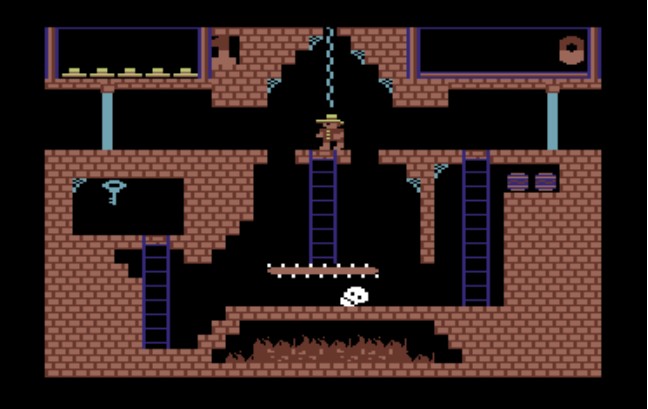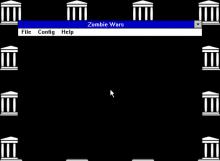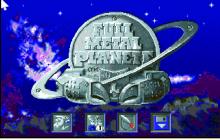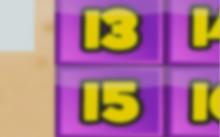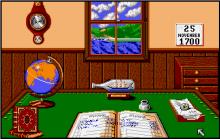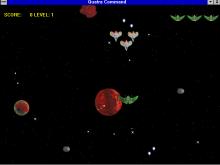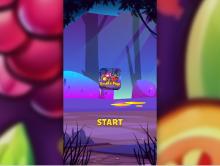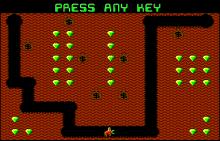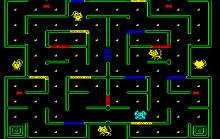Montezuma's Revenge
|
|
||||||||
If using USB Joystick/Gamepad, you can plug the controller in the USB port once the game is loaded for best results.
How to play Montezuma's Revenge
Each game uses different controls, most Amiga games use both mouse and keyboard.
Montezuma's Revenge Description
Montezuma's Revenge was conceived in 1983, when Robert Jaeger's friend Mark Sunshine suggested Jaeger make a game with a Meso-American theme and call it Montezuma's Revenge.
Jaeger's Utopia Software exhibited an early version of the game at the Consumer Electronics Show, and representatives of Parker Brothers became interested.The game was scaled down to fit onto cartridges for various game systems
The player controls a on-screen character called Panama Joe (a.k.a. Pedro), moving him from room to room in the labyrinthine underground of the 16th century Aztec temple of emperor Montezuma II, filled with enemies, obstacles, traps, and dangers. The objective is to score points by gathering jewels along the way. Panama Joe must find keys to open doors, collect and use equipment such as torches, swords, amulets, etc. without losing his life. Obstacles are laser gates, conveyor belts, disappearing floors, and fire pits.[2] [3] [4]
Movement is achieved by jumping, running, sliding down poles, steps, climbing chains, etc. Enemies are the skulls, snakes, and spiders. A further complication arises in the bottommost floors of each pyramid, which must be played in total darkness unless a torch is found.
The pyramid is nine floors deep, not counting the topmost entry room that the player drops into at the start of each level, and has 99 rooms to explore. The goal is to reach the Treasure Chamber, whose entrance is in the center room of the lowest level. After jumping in here, the player has a short time to jump from one chain to another and pick up as many jewels as possible. However, jumping onto a fireman's pole will immediately take the player to the next level; when time runs out, the player is automatically thrown onto the pole.
There are nine difficulty levels in all. Though the basic layout of the pyramid remains the same from one level to the next, small changes in details force the player to re-think strategy. These changes include:
Blocking or opening up certain paths (by adding/removing walls or ladders)
Adding enemies and obstacles
Rearrangement of items
More dark rooms and fewer torches (in level 9, the entire pyramid is dark and there are no torches)
Enemies that do not disappear after they kill Panama Joe

Montezuma's Revenge - additional information







